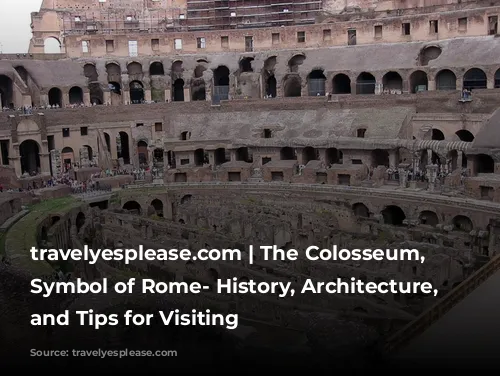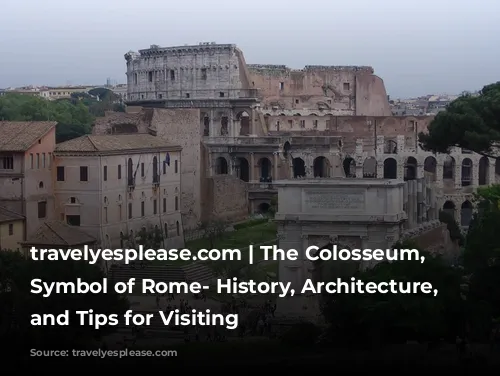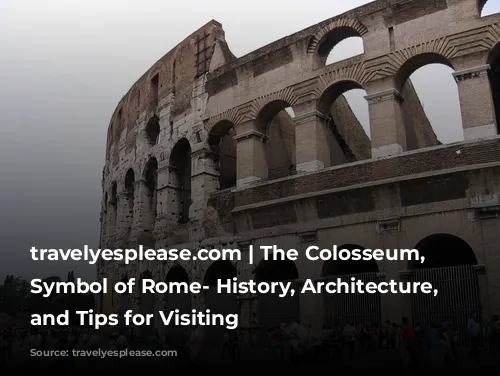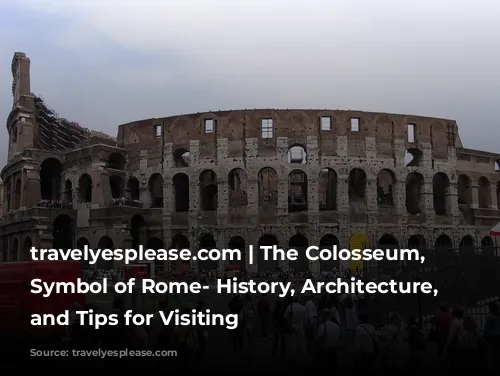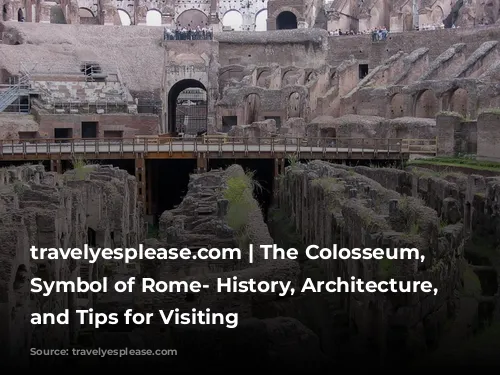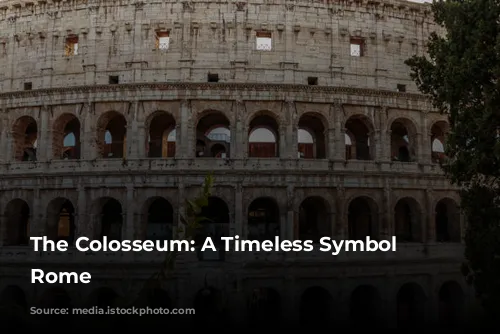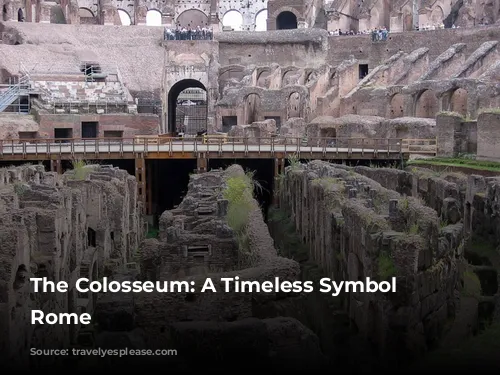The Colosseum stands as a towering monument, a timeless symbol of Rome’s grandeur. It’s not just a structure; it’s a story etched in stone, whispering tales of emperors, gladiators, and the sheer might of a bygone era.
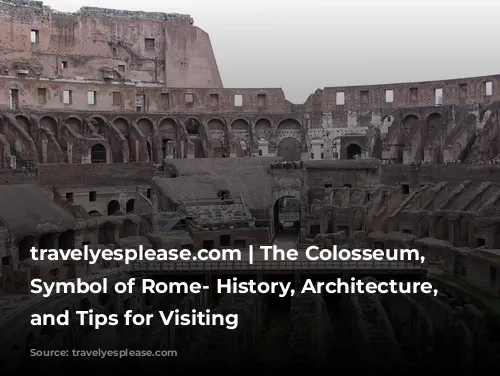
The Rise of an Empire’s Icon
The Colosseum’s history is intertwined with the rise and fall of the Roman Empire. The Emperor Vespasian, seeking to reclaim public favor after the excesses of his predecessor, Nero, commissioned this architectural marvel. Built as a gift for the people of Rome, it represented a new era of peace and entertainment.
The Colosseum’s construction spanned nearly a decade, culminating in its grand inauguration in 80 AD. The opening ceremony was a spectacle of epic proportions, showcasing 100 days of games, a bloodbath of gladiatorial combat and wild beast hunts. The Colosseum was established as the premier venue for entertainment in the Roman world, a stage for the most awe-inspiring and brutal spectacles imaginable.
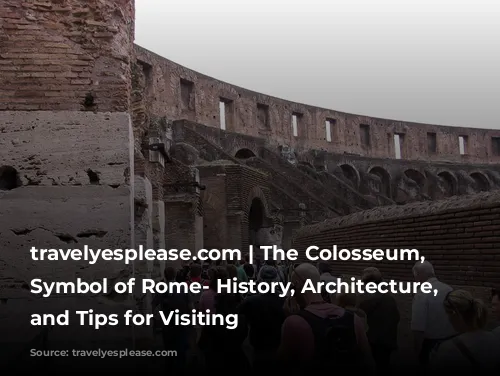
From Glory to Ruin and Back
For over 400 years, the Colosseum was the heart of Roman entertainment, hosting a vast array of events from gladiator fights and mock sea battles to drama plays and even public executions. The Colosseum’s walls echoed with the roars of the crowd and the cries of the condemned.
But time, as it often does, brought change. Public tastes shifted, the Roman Empire faltered, and the Colosseum was abandoned. Its stones were plundered for other construction projects, leaving behind a crumbling shell of its former glory.
Yet, the Colosseum’s spirit remained unbroken. By the 20th century, restoration work began to revive its former majesty. The Colosseum, a testament to human resilience and the enduring power of history, once again stands as a proud beacon of Rome’s past.

A Glimpse into Ancient Rome
The Colosseum is more than just a giant structure; it’s a window into the heart of ancient Roman society. The sheer scale of the amphitheatre, with its seating capacity of 50,000, speaks volumes about the importance of public spectacle in Roman life.
Social hierarchy was evident in the seating arrangements. The Emperor’s podium commanded the best view, followed by the senators and nobles. Ordinary citizens occupied the higher tiers, while women and slaves were relegated to the very top.
The Colosseum’s underground chambers, known as the hypogeum, reveal the intricate workings of the arena. Passageways and elevators allowed animals and gladiators to be brought to the arena floor, a stage covered in sand to soak up the spilled blood and prevent slipping.

A Legacy Enduring
The Colosseum’s legacy extends far beyond the walls of the amphitheatre. It continues to captivate imaginations and inspire awe in visitors from all corners of the globe. Named one of the Seven Wonders of the Modern World, the Colosseum is a powerful reminder of the enduring impact of Roman civilization.
The Colosseum’s story is not just about its grandeur but also about its resilience. It has stood the test of time, surviving earthquakes, neglect, and the ravages of war. It reminds us that even in the face of adversity, the spirit of the human past can endure, a testament to the enduring power of history.
